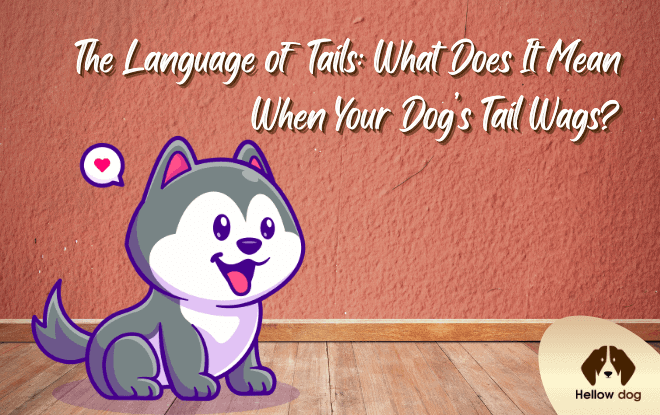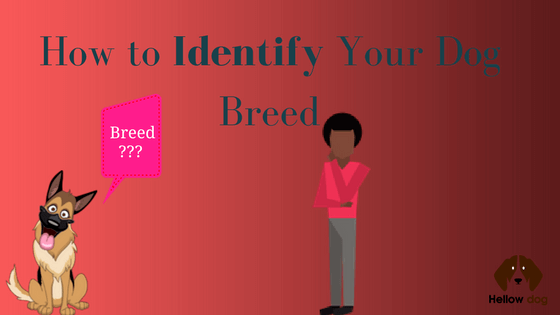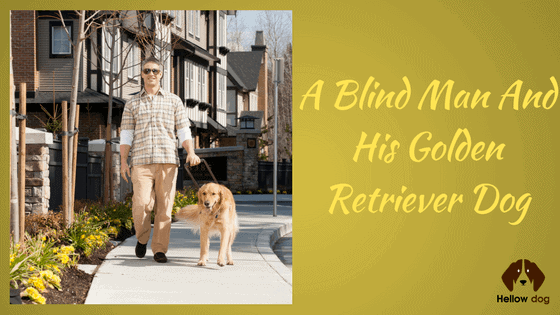Do you know what your dog is trying to say when its tail is wagging? Believe it or not, the language of tails can be quite complex! In this article, we will take a look at some of the most common tail wags and what they mean. Sometimes the dog’s tail wags so fast that it appears to vibrate. So what do all these movements mean? We’ll also discuss some of the more obscure tail wags that you may not have heard of before.
So whether you’re a dog owner or just someone who’s curious about canine behavior, read on for a closer look at the language of tails!

Introducing the Language of Tails
Did you know that your dog’s tail can tell you a lot about how it’s feeling? Dogs communicate through their tails in a variety of ways, and understanding the language of tails can help you to better bond with your furry friend.
Here are some common tail signals that you may see:
A happy tail wag is usually relaxed and loose, with the tail held high. This is the most common type of tail wag and usually means that your dog is feeling friendly and happy.
A scared or submissive tail tuck is when the dog tucks their tail between its legs. This usually indicates fear or insecurity and may be seen when your dog is meeting someone new or in an unfamiliar situation.
A slow, tentative wag may be a sign of uncertainty or indecision. You might see this type of wag when your dog is trying to figure out whether to approach someone or something.
An aggressive tail wag is often accompanied by a stiff body and may include growling or barking. This is a warning sign that your dog is feeling threatened or aggressive and you should back off.
So next time you see your dog’s tail wagging, take a moment to interpret the message they’re trying to send! And if you’re ever in doubt, just ask your veterinarian – they’ll be happy to help decode the language of tails for you.

What Different Tail Wags Mean
Decode your dog’s body language by understanding the Meaning of Your Dog’s Tail Wags. Dog Tail Signs. It is said that a wagging tail signifies a dog’s happiness, but this simply isn’t true. The truth is that there are many different types of tail wags, each of which has a different meaning. For example, a slow, relaxed wag with the tail held low usually indicates that your dog is content and feeling secure. On the other hand, a fast wag with the tail held high often means that your dog is excited or playful. Paying attention to the way your dog’s tail moves can help you to better understand their mood and needs. After all, tails are one of the most expressive parts of a dog’s body, and they are an important part of the canine language.
How to Interpret Your Dog’s Tail Wag
It’s no secret that dogs communicate with their tails. But did you know that the meaning of your dog’s tail wags can vary depending on the context? For example, a dog who is wagging his tail while wagging his entire body is likely to be happy or excited, while a dog who is wagging just his tail may be feeling threatened. To get a better understanding of your dog’s tail language, it’s important to pay attention to the context in which he is wagging his tail.

Tips for Understanding Your Dog’s Mood
Dogs are amazing creatures that have the ability to provide us with companionship, love, and support. However, they also have their own unique way of communicating with us. While some dog owners may think they can read their pet’s mind, the truth is that understanding your dog’s mood can be a bit of a challenge. One way to get a better sense of how your dog is feeling is to pay attention to its tail. The Meaning of Your Dog’s Tail Wags? Dogs use their tails for balance, but they also use them to communicate.
For example, a dog who is feeling happy or excited will often wag their tail energetically from side to side. On the other hand, a dog who is feeling scared or threatened may tuck their tail between its legs. However, if your dog’s ears are back and its tail is down, it may be feeling scared or nervous. By taking the time to learn the language of tails, you can gain a better understanding of your furry friend and ensure that you always know how they’re feeling.
Most dog owners are aware that their pet’s tail can communicate a lot about their mood and state of mind. However, many people are not familiar with the “language of tails” and the different messages that different tail positions can convey.
Conclusion
So what do all of these tail wags mean? Well, it’s not an exhaustive list, but hopefully, this will help you decode your pup’s messages the next time his or her tail starts wagging. If you want to learn more about your dog and how to better communicate with them, check out our other posts on canine behavior. And as always, if you have any questions or concerns, don’t hesitate to reach out to your veterinarian. Thanks for reading!
FAQs about the language of tails
Have you ever wondered what your dog is trying to tell you when they wag their tail? Dogs communicate a lot through their tails, and it’s important to understand the different ways they use them. Here are some frequently asked questions about the language of tails.
What is the Meaning of Your Dog’s Tail Wags?
The Meaning of Your Dog’s Tail Wags can vary depending on the context and situation. For example, a slow wag with a relaxed body usually means that your dog is content and happy. On the other hand, a fast wag with a tense body may indicate excitement or fear. Paying attention to your dog’s tail can give you valuable insights into its state of mind.
What are Some Dog Tail Signs?
There are many different Dog Tail Signs that you should be aware of. For instance, a dog that tucks its tail between its legs is usually feeling scared or threatened. On the other hand, a dog that holds its tail high in the air is usually feeling confident and dominant. By paying attention to your dog’s tail, you can get a better sense of how they’re feeling at any given moment.
As you can see, there’s a lot to learn about the language of tails. By taking the time to understand how your dog uses their tail, you can deepen the bond between you and create a more meaningful relationship.







